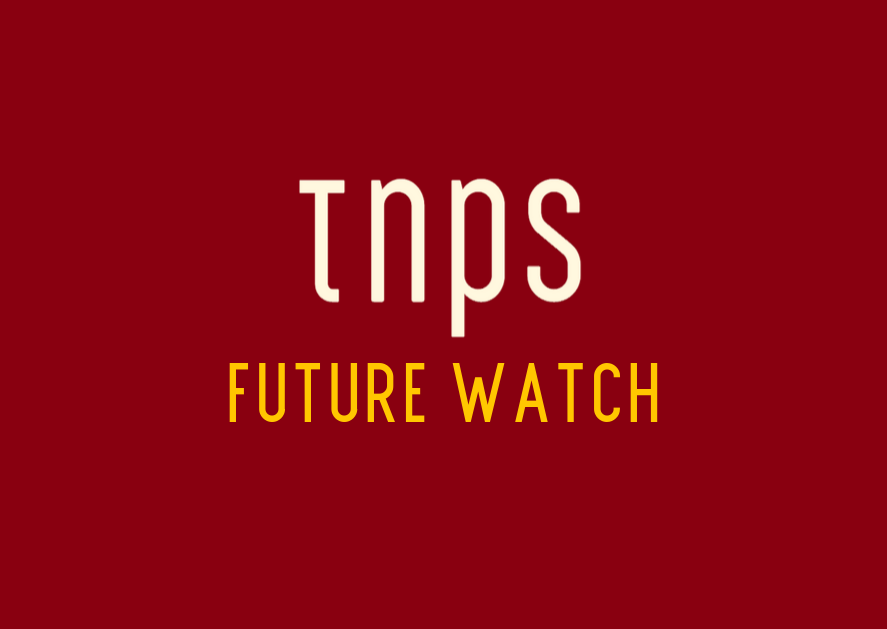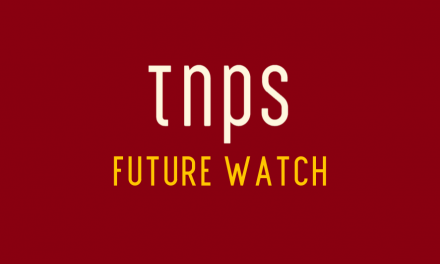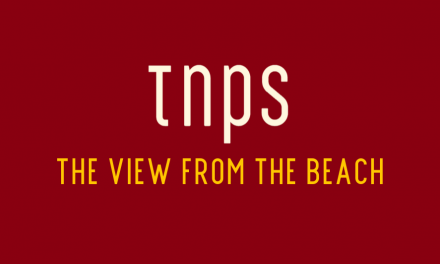The Beijing court has done the world a favour. Creatives who wish to use new technology to be even more creative can, in China at least, do so knowing their efforts will have protection.
While the ruling has no force outside China, the principle involved may well see similar rulings elsewhere around the world in 2024.
Put simply, a Mr. Li used the AI service Stable Diffusion to generate images published on an online platform, which were then copied by a third party. Li sued for breach of copyright. The Court agreed.
As reported by National Law Review, “The Court held that the artificial intelligence-generated image involved in the case met the requirements of “originality” and reflected a human’s original intellectual investment and should be recognized as works and protected by copyright law.”
The NLR compares this ruling with the US ruling that declared copyright could only be afforded to a human creator, and further noted that in the US case the application was being made in the name of the AI, not of the person using the AI, which played into the hands of the nonsensical notion that only humans can create.
The Beijing ruling, while again having no legal standing outside China, is exceedingly important in this respect, because it clearly recognises that the AI system used to produce the work at issue, did so with human involvement.
I’m no lawyer, of course, but just because something is enshrined in law (even if correctly interpreted) does not make it right.
As I said back in October, and will say again today, with fully historical copyright acknowledgement to Charles Dickens and his character, Bumble the Beadle, the law is an ass.
This from my October op-ed:
Thus far, the (legal) pendulum swings towards the need of human involvement in order for copyright to be valid. A 2016 law ruling, upheld by appeal in 2018, noted that animals in general, and a snap-happy monkey in particular, could not own copyright. And this case is now being used to argue AI creations cannot be copyrighted. But the reality is, this is a nonsensical argument, and we only need to look at photography law on copyright to see why.
When you take a photograph then, at its simplest, a button is clicked and a photo appears by chemical or digital magic. A baby could do it, and under the law that baby would then own copyright of the image chemically/digitally created. Given a baby’s physical and mental development, it’s safe to say the monkey, in the 2016 case aforementioned, did more work than the baby. So the law is actually nothing to do with meaningful human input based on intelligence, and everything to do with the law being an ass.
But even if we allow that copyright requires a human element, still we have the beyond stupid legal ruling at end August 2023 asserting that a work created by artificial intelligence without any human input cannot be copyrighted under U.S. law.
“By denying registration, the Register concluded that no valid copyright had ever existed in a work generated absent human involvement, leaving nothing at all to register and thus no question as to whom that registration belonged.”
In this case, a piece of art designed by AI was denied copyright because it was “generated absent human involvement”, which goes to the heart of the generative-AI debate, because no AI has ever created anything “absent human involvement.”
There are currently any number of lawsuits alleging AI is using human-produced content (visual and text) to train on, and totally safe to say the AI in the above case did not suddenly magic itself out of the ether and create a piece of art with no prior training based on the works of human artists that preceded it. In the same manner, no text-based AI creation magics itself out of thin air without first having been trained on human-produced material and without first being instructed, or prompted as we must now say, to create something.
The prompter is no different from the photographer who positions the camera, arranges the lighting, and clicks the button.
The chemical/digital magic the camera then works is no different from the generative-AI magicking a new picture or arrangement of words to create a new content product. In both cases the results are based on the prompts and parameters set by the human prompter/photographer.
What is different is that the actual chemical/digital image produced in the photograph is, entirely, created by machine. The machine itself is not trained on past works of art or past photographs, or even the photographer’s knowledge and experience. The actual act of creation is purely that of the machine.
Yet the photograph is copyrightable and that copyright belongs to the prompter. An AI creation that by definition requires far more human input to exist, is not. The prompter is denied copyright, As above, the law is an ass.
Clearly the Beijing Internet Court read my post and decided accordingly.
Okay, probably not. Nor would it have needed to. The Beijing decision arises from simple common sense, something seemingly in short supply in many US courts lately.
Legal issues regarding how AI was or was not trained and whether that training itself violated copyright are quite separate matters from the key point here, that AI has to be prompted to create something, be it a picture, video or text.
In acknowledging that simple fact, the Beijing court has done the world a favour.
Creatives who wish to use new technology to be even more creative can, in China at least, do so knowing their efforts will have protection.
The US court ruling, supposedly intended to protect creatives, had totally the opposite effect, and needs striking out.



